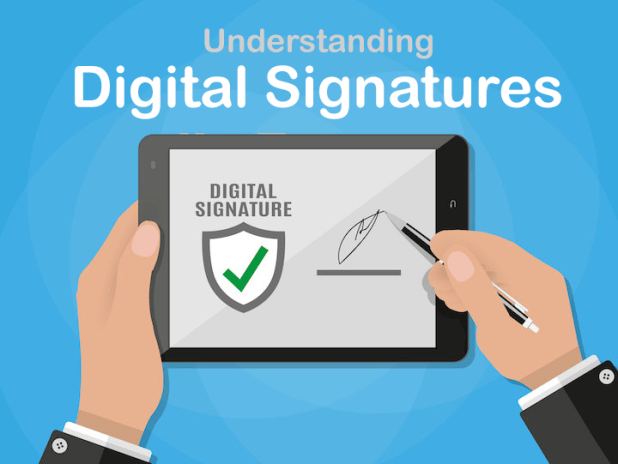Digital Signature – More Details about Digital Signature

The digital signature can be consider as a numerical value. It is display as a sequence of characters. The creation of a digital signature is a complex mathematical process that can only generate by a computer.

Classes of digital signatures there are three different classes of Digital Signature Certificates:
Class 1:
Cannot use for legal business documents. They are validating only on an email ID and username. It provides a basic level of security. Also, use in environments with a low risk of data compromise.
Class 2:
Often used for e-filing of tax documents, including income tax returns and Goods and Services Tax (GST) returns.
Digital signatures authenticate a signee’s identity against a pre-verified database. It holds in environments where the risks and consequences of data compromise are moderate.
Class 3:
The highest level of digital signatures. Class 3 signatures require a person or organization to present: In front of a certifying authority to prove their identity before signing.
Digital signatures use
For e-auctions, e-tendering, e-ticketing, court filings. In other environments where threats to data or the consequences of a security failure are high.

Uses of digital signatures
Government – The U.S. Government Publishing Office publishes electronic versions of budgets. Also, public and private laws, and congressional bills with digital signatures.
Healthcare
Digital Signature needs to improve the efficiency of treatment. To strengthen data security, for e-prescribing and hospital admissions.
Manufacturing
Manufacturing companies use also digital signatures to speed up processes. It includes product design, quality assurance (QA), marketing, and sales.
Financial services
First of all, the financial sector uses also digital signatures for contracts, paperless banking. Also, for loan processing, insurance, mortgages, and more.
